Foundation Repairs: Three Ways to Get it Wrong
Foundations of buildings are among the most overlooked parts of a structure. It is easy to assume that once a structure touches the earth, it shouldn’t move. At times, however, the earth upon which a foundation sits can be the most dynamic environmental factor acting on a building. And when the earth shifts, it can have drastic effects on the structural frame. Foundation movement is one of the leading causes of unsafe conditions within buildings. Below are some examples of how overlooking or underestimating the importance of the foundation system can lead to sub-standard foundation crack repairs that may lead to further damage or unsafe conditions.
1. Underpinning Repairs and Undermining
Many foundation repair companies market different types of solutions to address cracks in foundation walls, like the one seen in the photo below (arrow). One of those solutions is underpinning, which may be achieved with simple concrete footings, piles, or helical piers. The top of a helical pier is shown in the photo as well (oval) and is attached to the foundation. The helical pier consists of a corkscrew around a steel shaft driven into the earth before attaching it to the angle supporting the existing foundation.
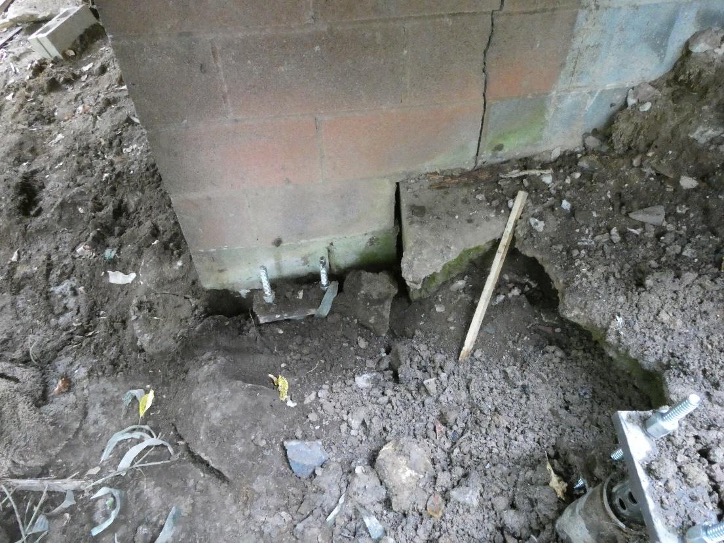
Underpinning seeks to address the problem that arises when the soils immediately below the existing foundations of a building are inadequate to support the building loads. The installation of the underpinning attempts to transfer the building loads to lower strata of soils that are more capable of resisting the foundation loads. The tricky part with any underpinning operation is right there in the name – “under”. To achieve the transfer of the load, you first must expose a portion of the bottom of the foundation. Clearly, if you exposed all the bottom of the foundation, the building would move incrementally as you dug. Therefore, underpinning relies upon a thoughtful sequence to prevent additional movement. In the case shown above, that sequence was not carefully executed around a chimney and the results were disastrous, as shown in the photo below. In this case, too much undermining (digging) occurred before the load was transferred to the helical piers, causing the chimney to shift away from the building and eventually collapse.
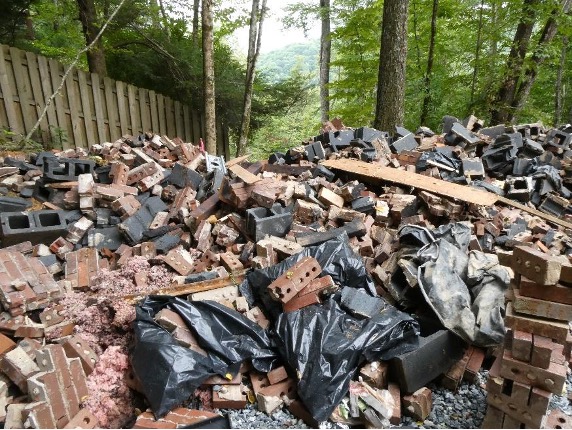
It isn’t impossible to achieve underpinning, even under extreme circumstances:
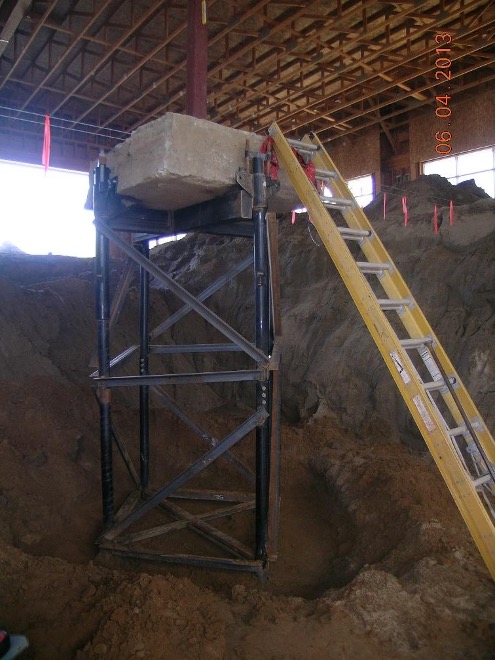
2. Adding Supports without Proper Foundation
It is common to enter basements and crawlspaces and find supports that were added after the original construction. The reasons for these supports can include undersized framing that is deflecting, rotted framing, or alterations to the loads in the building. Regardless of the reason for adding support, consideration should be given to the foundation. The foundation should be constructed of durable materials such as concrete that will not rot. The foundation should be appropriately sized to handle the expected loads. And the foundation should be installed at a depth similar to the adjacent foundations to prevent differential settlement.
The following photo depicts an added support, where the foundation was placed directly on the soil of the crawlspace. The crawlspace was subjected to a pipe leak which caused the shallow foundations of the supports to settle more than the original foundations. This resulted in drywall cracks above these areas.
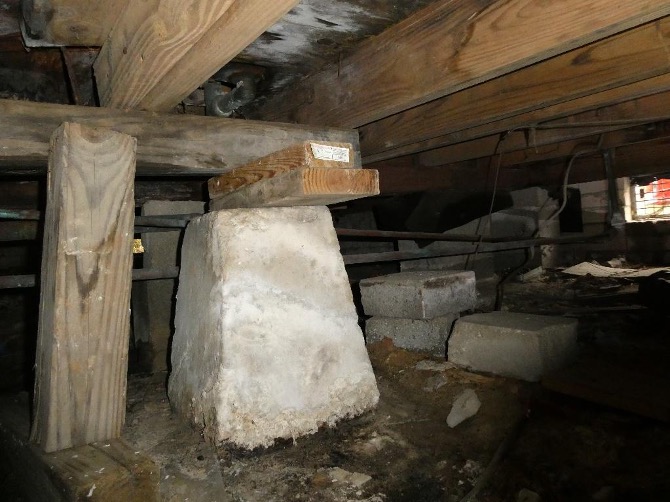
3. Pressure Grouting Gone Wrong
Another method for repairing a foundation is pressure grouting (also called compaction grouting). This method utilizes a rig as shown below to drill and install pipe casing, through which grout can be injected into the soil. The methodology seeks to fill voids and compact the surrounding soil to reestablish adequate bearing below foundations.
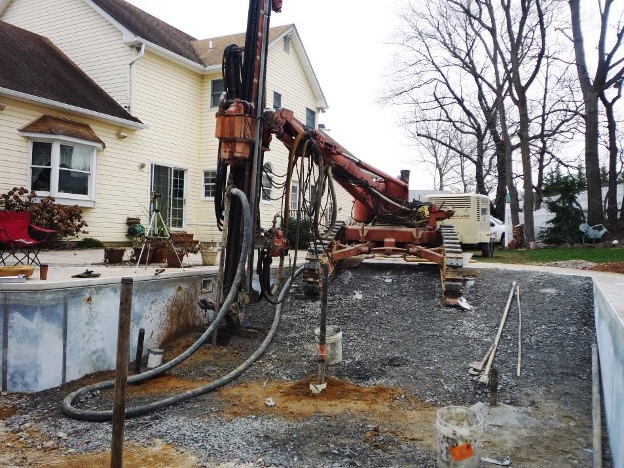
It is an extremely effective method to repair voided soils and resulting foundation movement; however, the pressure grouting procedure can place extreme forces on foundations and foundation walls. Careful monitoring of ground heave, grout pressures, and grout take amounts should be undertaken to prevent damage to surrounding structures. The absence of these controls can result in damage to the foundation, as happened in the photo below when the pressure impacted and collapsed the foundation wall.
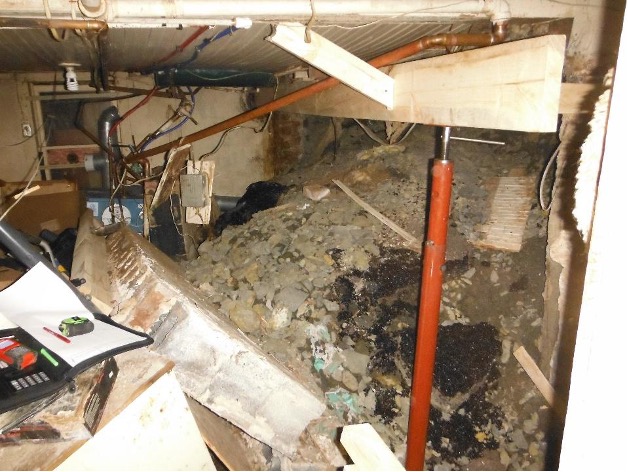
Foundation Assessment Done Right
If you find yourself scratching your head trying to figure out where cracks in foundation walls came from, why that wall is bulging, or what caused a foundation to collapse as in the photo above, give the professionals at ED&T a call. Our foundation crack experts in your area are ready to assist you with these complex assessments.

